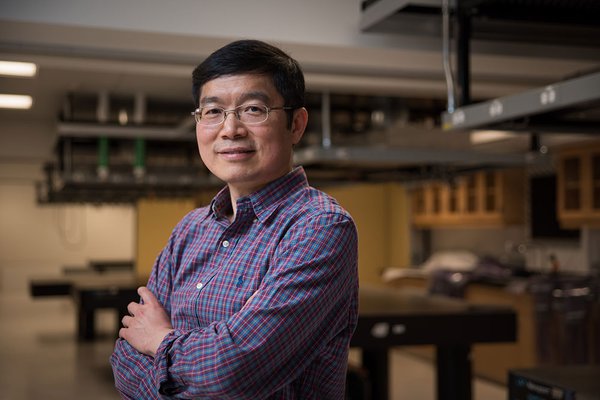
Lihong Wang, a distinguished professor at the California Institute of Technology (Caltech), has been elected to the National Academy of Medicine (NAM), one of the highest honors in the fields of health and medicine. This prestigious recognition highlights Wang’s outstanding contributions to biomedical imaging, a field in which he has achieved significant breakthroughs.
Wang holds the Andrew and Peggy Cherng Medical Engineering Leadership Chair and serves as the Bren Professor of Medical Engineering and Electrical Engineering at Caltech. His election to NAM underscores his commitment to advancing medical technology and his role as a leader in the development of innovative imaging techniques.
Revolutionizing Biomedical Imaging
Wang’s work in biomedical imaging has led to the development of several groundbreaking techniques. Among these is compressed ultrafast photography, which has enabled the creation of the world’s fastest camera, capable of capturing 210 trillion frames per second. This technological marvel has opened new avenues for exploring rapid biological processes.
Perhaps even more impactful is Wang’s development of 3D photoacoustic imaging. This technique allows researchers to peer into biological tissues noninvasively, offering a view deeper into the body by nearly two orders of magnitude compared to conventional optical microscopy. The potential applications of this technology are vast, including early cancer detection, imaging of blood vessels and blood flow, and providing guidance during surgeries.
“My induction into both the National Academy of Engineering and of Medicine is a profound honor that I share with my entire lab. It confirms that bridging these fields is key to transforming patient care,” says Wang.
A Career Marked by Innovation and Recognition
Wang’s academic journey began at Huazhong University of Science and Technology in China, where he earned his undergraduate and master’s degrees. He later completed his doctorate at Rice University. In 2017, he was appointed as a Bren Professor at Caltech, and in 2022, he assumed the role of Cherng Medical Engineering Leadership Chair and executive officer for medical engineering.
His contributions to the field have been recognized with numerous awards, including a National Science Foundation CAREER award, several prestigious NIH awards, and honors from the Optical Society of America and the Institute of Electrical and Electronics Engineers, among others. Wang is also a fellow of several scientific organizations, reflecting his influence and leadership in the field of biomedical engineering.
Implications for Future Medical Advancements
Wang’s election to the NAM comes at a time when the integration of engineering and medicine is increasingly seen as crucial for advancing healthcare. His work exemplifies how fundamental research can lead to engineering breakthroughs that have the potential to significantly improve patient care.
The National Academy of Medicine, alongside the National Academy of Sciences and the National Academy of Engineering, plays a pivotal role in providing independent, objective analysis and advice to address complex problems and inform public policy decisions. This year’s induction of 90 regular members and 10 international members, including Wang, brings the total membership to over 2,500.
As Wang continues his pioneering work, the implications for medical technology and patient care are profound. His research not only enhances our understanding of biological processes but also paves the way for new diagnostic and therapeutic tools that could transform healthcare.
Looking ahead, Wang and his team at Caltech remain committed to pushing the boundaries of what is possible in biomedical imaging, ensuring that their work continues to fuel innovations that improve lives worldwide.





